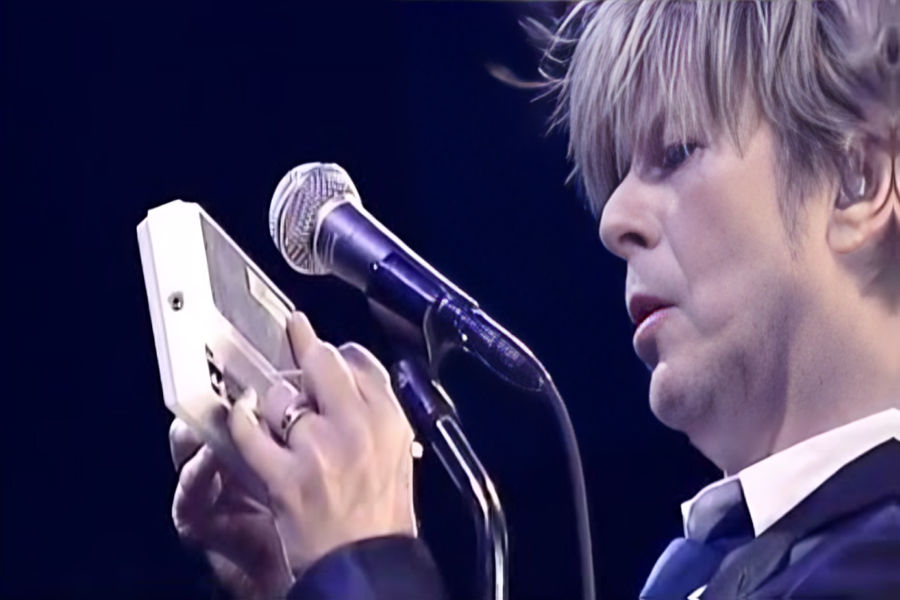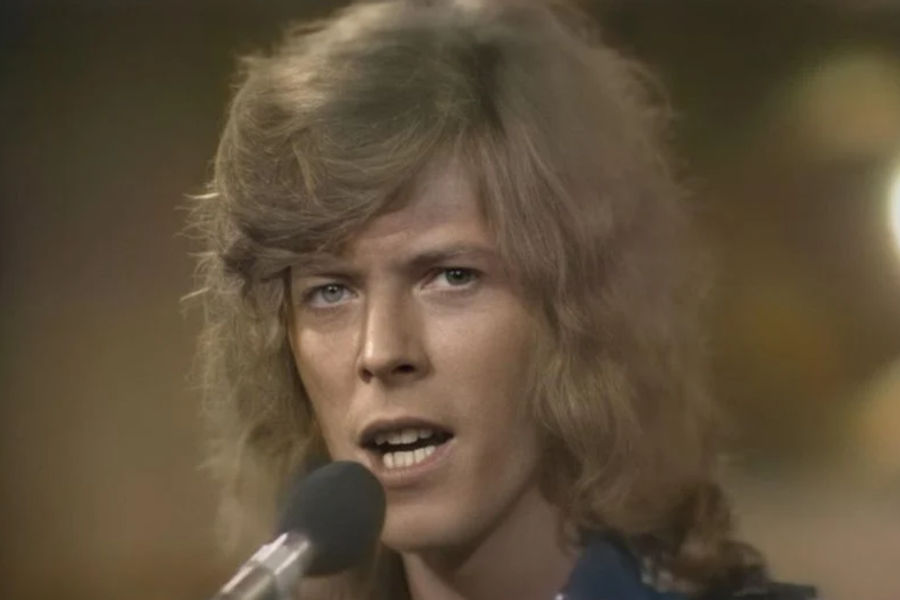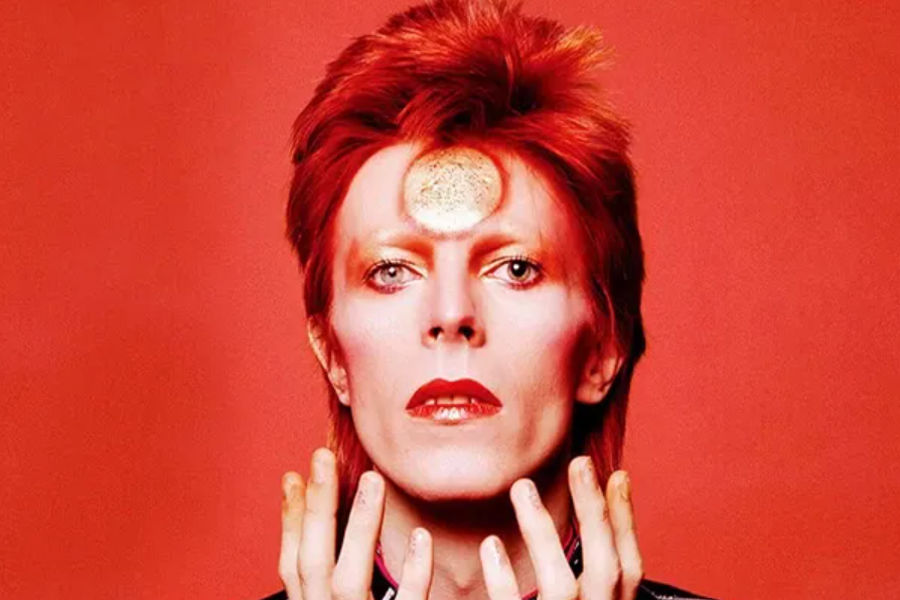David Bowie’s Space Oddity isn’t just a song—it’s an ethereal masterpiece that reflects humanity’s fascination with space and the unknown. Released in 1969 during the peak of the space race, it tells the melancholic story of Major Tom, a fictional astronaut whose journey ends in mystery. What makes Space Oddity timeless is not just its haunting melody and narrative, but the layers of intrigue surrounding its creation and legacy. Here are 13 fascinating facts about Space Oddity that highlight its brilliance and oddities.
Table of Contents
1. Inspired by a Sci-Fi Masterpiece
David Bowie was captivated by Stanley Kubrick’s 2001: A Space Odyssey and wanted to channel its existential themes into music. Kubrick’s film raised questions about humanity’s place in the universe, which Bowie mirrored through Major Tom’s isolated journey into space. While the film embraced a hopeful tone about progress, Space Oddity leaned into uncertainty and loneliness, giving it a more somber, introspective edge.
2. Released in Time for the Moon Landing
The timing of Space Oddity’s release on July 11, 1969, couldn’t have been better. Just nine days later, the Apollo 11 mission landed on the moon, and the song resonated deeply with audiences captivated by the historic event. Its space-themed narrative became an unofficial anthem for humanity’s journey into the unknown.
3. The BBC Was Initially Wary
Despite the song’s perfect timing, the BBC hesitated to use it in their Apollo 11 coverage because of its darker themes. Major Tom’s journey ends ambiguously, with his transmission lost in space—a stark contrast to the triumph of the moon landing. Only after the mission’s success did the BBC embrace the song, ensuring its place in the cultural zeitgeist.
4. A Futuristic Sound with a Stylophone
Bowie used the Stylophone, a pocket-sized synthesizer, to create Space Oddity’s eerie, otherworldly sound. The quirky electronic tones added to the song’s futuristic vibe. The Stylophone wasn’t commonly used in professional music, but Bowie’s innovation helped define the track’s distinctive atmosphere.

5. Rick Wakeman Added Orchestral Magic
Future Yes keyboardist Rick Wakeman played the Mellotron on Space Oddity, contributing lush, orchestral layers that elevated its grandeur. Wakeman’s ability to evoke emotional depth through instrumentation made the track more than just a pop song—it became a cinematic experience.
6. Major Tom Became a Recurring Character
Bowie revisited Major Tom in later songs, weaving a narrative thread throughout his career. In Ashes to Ashes, released in 1980, Major Tom is depicted as a “junkie,” adding a tragic element to the character. The astronaut’s story evolved, reflecting Bowie’s artistic growth and willingness to explore darker themes.
7. Chris Hadfield Took It to Space
In 2013, Canadian astronaut Chris Hadfield covered Space Oddity aboard the International Space Station, creating the first music video filmed in space. Hadfield’s heartfelt rendition resonated with millions, adding a literal connection to the song’s celestial themes. Bowie himself called it “possibly the most poignant version” of the song ever performed.
8. Award-Winning Brilliance
Bowie’s Space Oddity earned an Ivor Novello Award in 1969 for its outstanding composition. This was a pivotal moment for Bowie, as the recognition helped solidify his reputation as a serious artist capable of blending storytelling and innovation.

9. A Chart-Topper in Two Countries
The song reached number five on the UK charts in 1969, becoming Bowie’s first significant hit. When re-released in the U.S. in 1973, it climbed to number 15 on the Billboard Hot 100, marking Bowie’s breakthrough in America. Its enduring popularity cemented it as one of his signature tracks.
10. A Song That Almost Wasn’t Released
Space Oddity almost didn’t see the light of day. Bowie’s label was skeptical about its unconventional premise and structure, doubting its commercial potential. Fortunately, its timely release during the Apollo 11 mission proved them wrong, making it one of Bowie’s defining works.
11. It Features a Promotional Film Ahead of Its Time
Bowie’s manager, Kenneth Pitt, commissioned a short promotional film featuring Space Oddity, an early precursor to the modern music video. Bowie’s ethereal presence and visual storytelling complemented the song’s themes in the film, showcasing his visionary approach to music and performance.
12. A Reinvention Catalyst
The success of Space Oddity marked a turning point for Bowie, paving the way for the creation of his Ziggy Stardust persona. The song’s exploration of space and identity laid the foundation for Bowie’s fascination with otherworldly themes, which dominated his later work.

13. A Song with an Enduring Legacy
Even over five decades after its release, Space Oddity continues to captivate audiences. Its themes of isolation, exploration, and humanity’s relationship with the unknown remain as relevant as ever. The song’s enduring legacy is a testament to Bowie’s genius and its ability to transcend time and genres.
Conclusion: A Cosmic Masterpiece That Transcends Time
David Bowie’s Space Oddity is a journey into the depths of human curiosity and emotion. Its haunting melodies, innovative sound, and the timeless story of Major Tom make it a cultural touchstone. Whether it’s the use of a Stylophone, its ties to the Apollo 11 mission, or Chris Hadfield’s spaceborne tribute, every aspect of the song reflects Bowie’s brilliance. Space Oddity isn’t just a song—it’s a celestial work of art that will continue to inspire generations.
